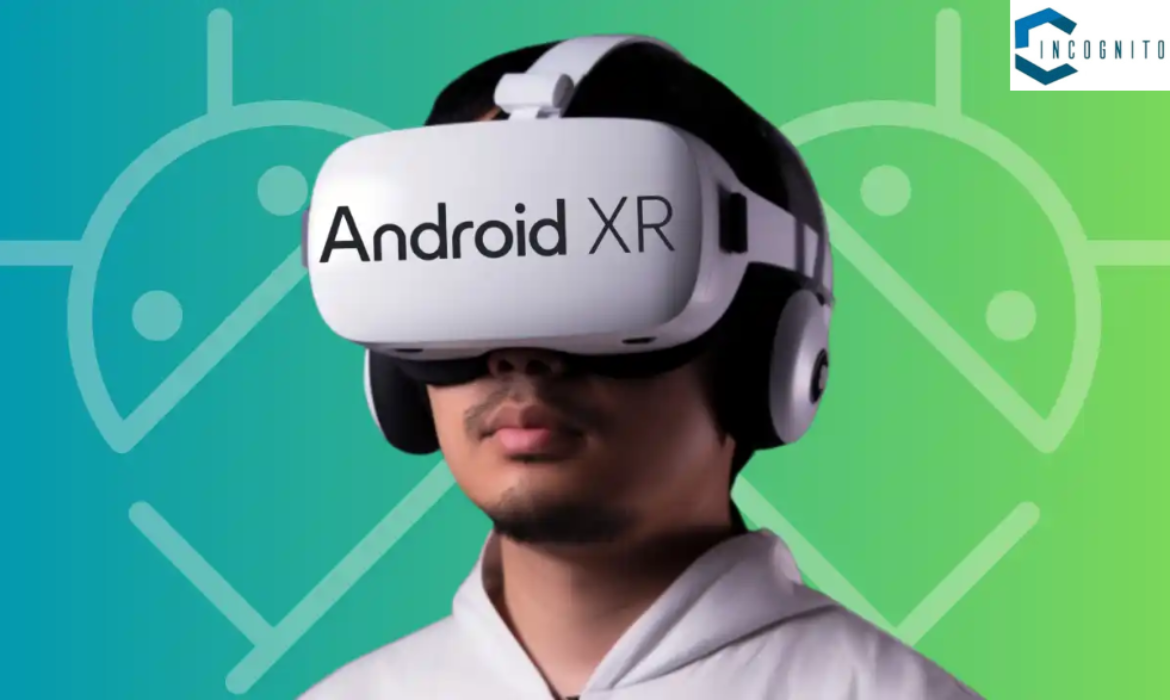
It’s an absolutely brand new, fully new operating system customized entirely to devices that use virtual reality or augmented reality. Google officially revealed Android XR on 12th December 2024. This new platform hopes to redefine immersive experiences by being one unified framework for developers and users alike.
This completely new operating system is tailored specifically for virtual reality (VR) and augmented reality (AR) devices.
Alright, let’s see in detail about Android XR.
Android XR: Initial Hardware Plans
Google’s initial strategy involves shipping headsets as the primary hardware for Android XR. Additionally, there are plans to expand the platform’s compatibility to include smart glasses, currently in development under Project Astra. This move indicates Google’s commitment to creating a comprehensive ecosystem for XR devices.
Also read: 10 Best Upcoming Android Phone In 2025
Gemini Integration: Enhancing User Experience
Android XR will integrate with Gemini, Google’s series of flagship large language models. This integration allows users to interact with objects in their environment while receiving detailed responses.
For instance, users can ask how to assemble furniture or inquire about the weather. The platform will also feature Google Maps for navigation, complete with voice prompts that guide users along their routes.
Also read: OpenAI Launched Sora AI
Support for Google Play Apps and Development Tools
The new operating system will support all mobile applications available on Google’s Play Store. Developers will benefit from compatibility with popular tools such as Android Studio, enabling them to use their existing toolchains to create apps for Android XR without the need for significant adjustments.
Also read: Samsung One UI 7, What’s New In This Update
Samsung’s Project Moohan: The First Android XR Headset
Samsung’s headset, codenamed ‘Project Moohan,’ will be the first device to launch with Android XR. This lightweight headset is designed as a competitor to Apple’s Vision Pro and features Qualcomm’s XR2 Gen 2 system-on-chip, which supports multiple external cameras.
With an internal display resolution of 4,300 x 4,000 pixels, users can easily switch between VR and AR modes with a simple double tap on the side.
Battery and Usability Features:
The Project Moohan headset utilizes a standalone battery pack connected via USB-C. Samsung plans to offer multiple battery packs with varying capacities, allowing users to choose based on their needs.
Future Plans: Beyond Headsets
While Samsung is set to release Project Moohan next year, Android XR will also be available through headsets from other manufacturers. Google has confirmed that the operating system will eventually extend its capabilities to smart glasses, although no specific timeline for their release has been disclosed.
Also read: iOS 18.2 Release Date
Project Astra: Development of Smart Glass Prototypes
As part of its Project Astra initiative, Google is developing several prototype smart glasses that utilize microLED display technology. This technology promises higher resolutions and lower power consumption compared to existing display options while enhancing durability.
Final Words: A New Era for Google
This marks a significant milestone for Google as it enters the exciting world of extended reality. Android XR is going to be a game changer for both users and developers in the VR and AR landscape by integrating Google services and supporting various devices.
(Source: Analytics Insight)





